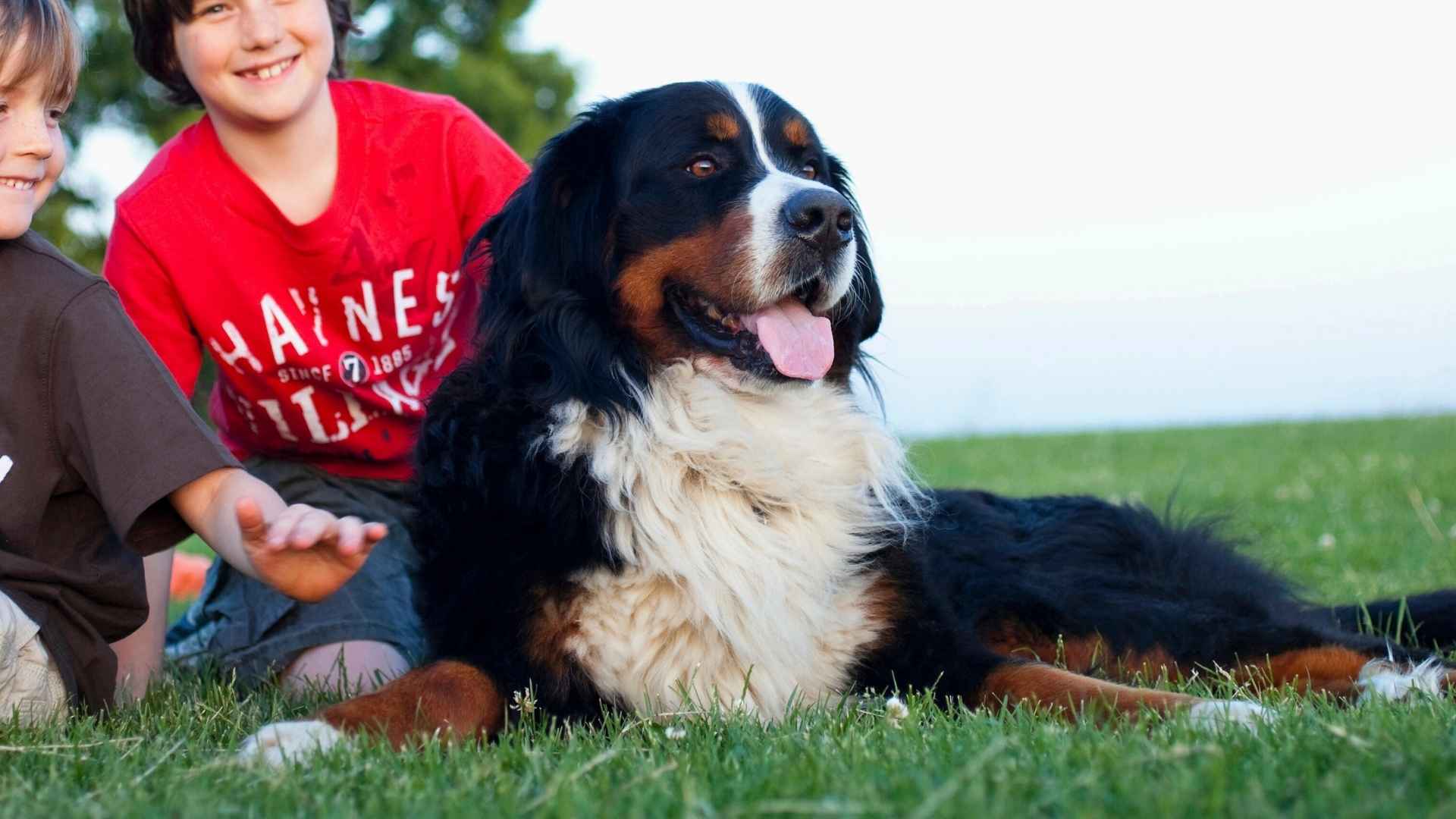Imagine a dog that keeps a watchful eye at the backyard gate, yet softens the moment your child runs to greet it. Guard dogs suited for family life balance vigilance with patience. They sense danger but are equally tuned in to tender moments.
These dogs combine natural protective instincts with adaptability, allowing them to function safely around little ones and household chaos. They’re not meant to intimidate guests; instead, they alert calmly and step in only when needed. That balance of awareness and affection is built into their behavior.
Choosing the right guard dog involves understanding both temperament and training potential. Factors such as sensitivity to family dynamics, tolerance for noise and movement, and ease of socialization are crucial. By exploring expert insights from trusted veterinary and pet-care sources, this guide narrows down breeds that are not just reliable protectors but also loyal family companions.
Best Guard Dog Breeds For Families With Children
1. Doberman Pinscher
Dobermans are often seen as natural guardians, and with good reason. Their sharp awareness allows them to notice subtle changes in their environment, an essential trait in a dog tasked with family protection. Despite their alertness, they maintain composure and avoid unnecessary aggression when trained properly.
They thrive on meaningful interaction and mental stimulation, making them highly responsive to structure. Their protectiveness is instinctive, but it’s their loyalty and ability to read household dynamics that make them effective companions for families with children.
A Doberman doesn’t just react to commands. It anticipates patterns and learns to respond before cues are given, making it reliable in fast-moving or unpredictable family settings. They perform best when given a clear role and daily routines.
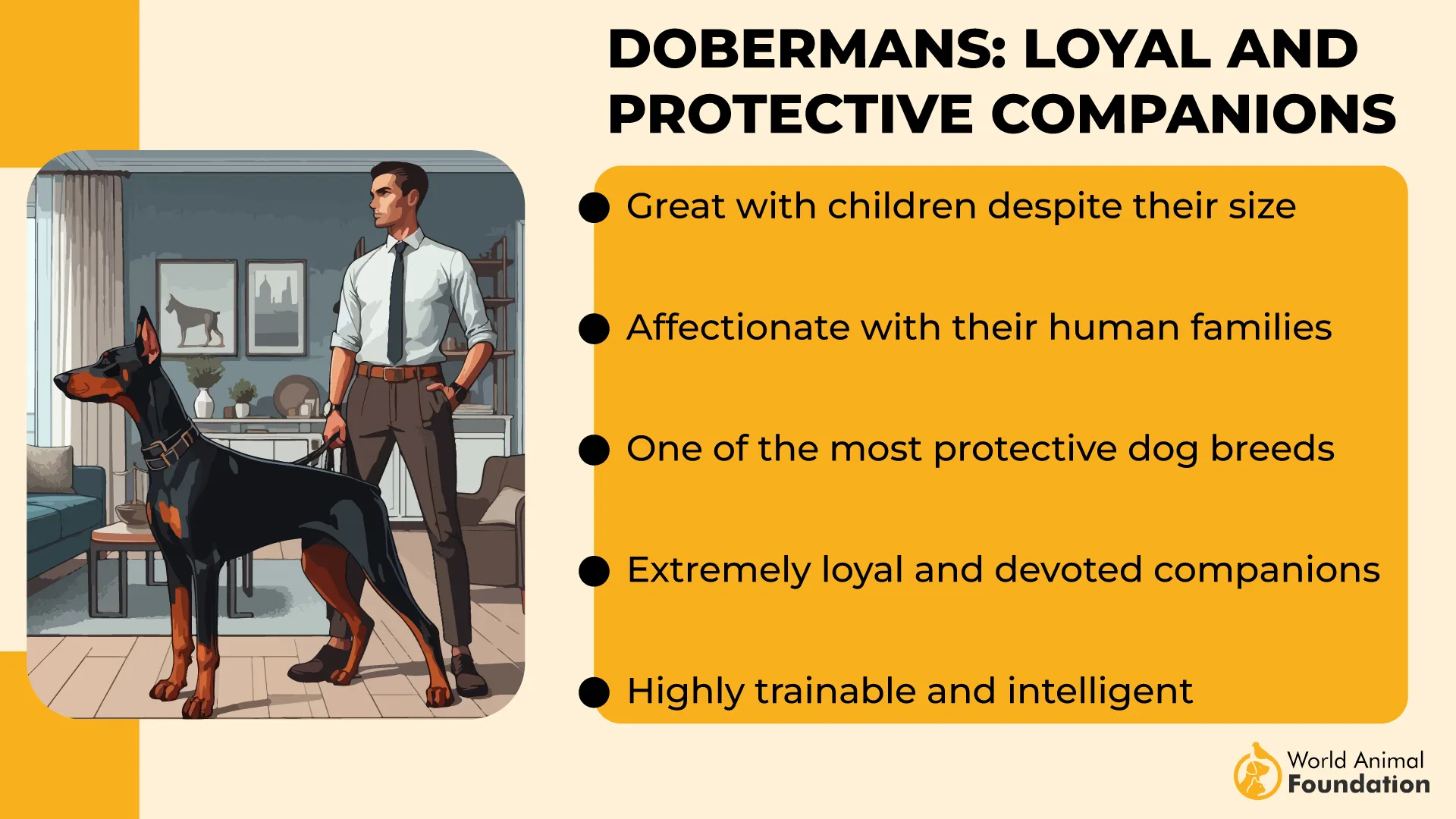
Their physical strength is balanced by a high degree of emotional sensitivity. Rough correction can lead to shutdowns, while calm, firm guidance strengthens trust and stability around children.
They require regular outlets for energy, but are not hyperactive. Without exercise and engagement, frustration builds quickly, especially in indoor spaces.
Quick Tips
Teach consistent boundaries with short, firm commands
Incorporate tracking or agile work for daily stimulation
Avoid shouting or harsh correction—use neutral redirection
2. Rottweiler
Rottweilers are calm under pressure and serious about their role within the household. Their natural guarding instincts make them vigilant without being unpredictable. With clear leadership, they learn quickly which situations require action.
They respond strongly to consistent structure and physical engagement. Rottweilers are excellent at watching over families, particularly children, when boundaries are reinforced from an early age.
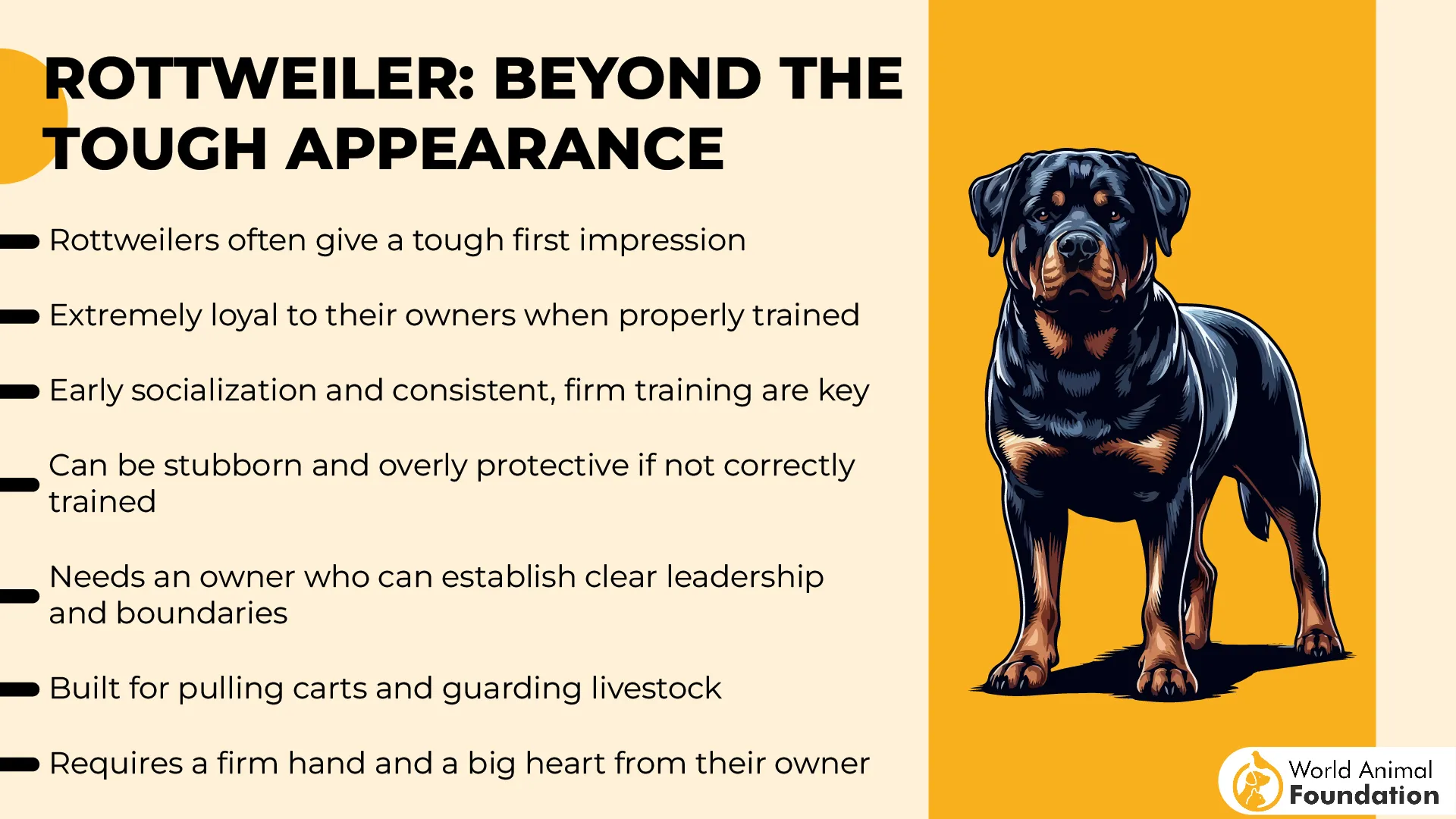
This breed tends to bond deeply with its family unit. They are not attention-seeking but remain quietly involved in daily activities, monitoring their environment with intent. Loud noises or unfamiliar faces do not easily shake their focus.
Due to their strength, early leash control and impulse training are essential. When under-guided, they may attempt to make decisions themselves, which can lead to overprotectiveness.
Rottweilers don’t require flashy stimulation. They value calm direction and thrive on structure, task-based play, and short, direct commands that match their working background.
Quick Tips
Reinforce neutral behavior toward guests early
Use short, low-tone commands for better response
Alternate daily walks with low-impact strength tasks
3. German Shepherd
German Shepherds are alert, structured, and emotionally attuned. They tend to observe before reacting and often look to their handlers for direction before acting on instinct.
High mental drive defines this breed. They are fast learners who thrive in homes where training is a daily routine rather than a one-time phase. Their capacity for structured obedience makes them a top choice for family protection.
Children should be introduced during the imprinting phase, when the dog is forming its first bonds. Once accepted, they become patient companions and will often place themselves between kids and perceived threats without being prompted.
Exercise is mandatory. Without mental or physical outlets, they may become restless or pushy. Herding-style games and boundary drills are ideal to sharpen their attention while maintaining household control.
Shepherds require direction more than affection. They bond deeply but need a clear role in the family system. Without it, they may default to self-management, often through constant patrolling or vocal alerts.
Quick Tips
Use structured play to teach spatial awareness
Introduce varied environments during socialization
Train early to reduce over-alert behaviors indoors
4. Boxer
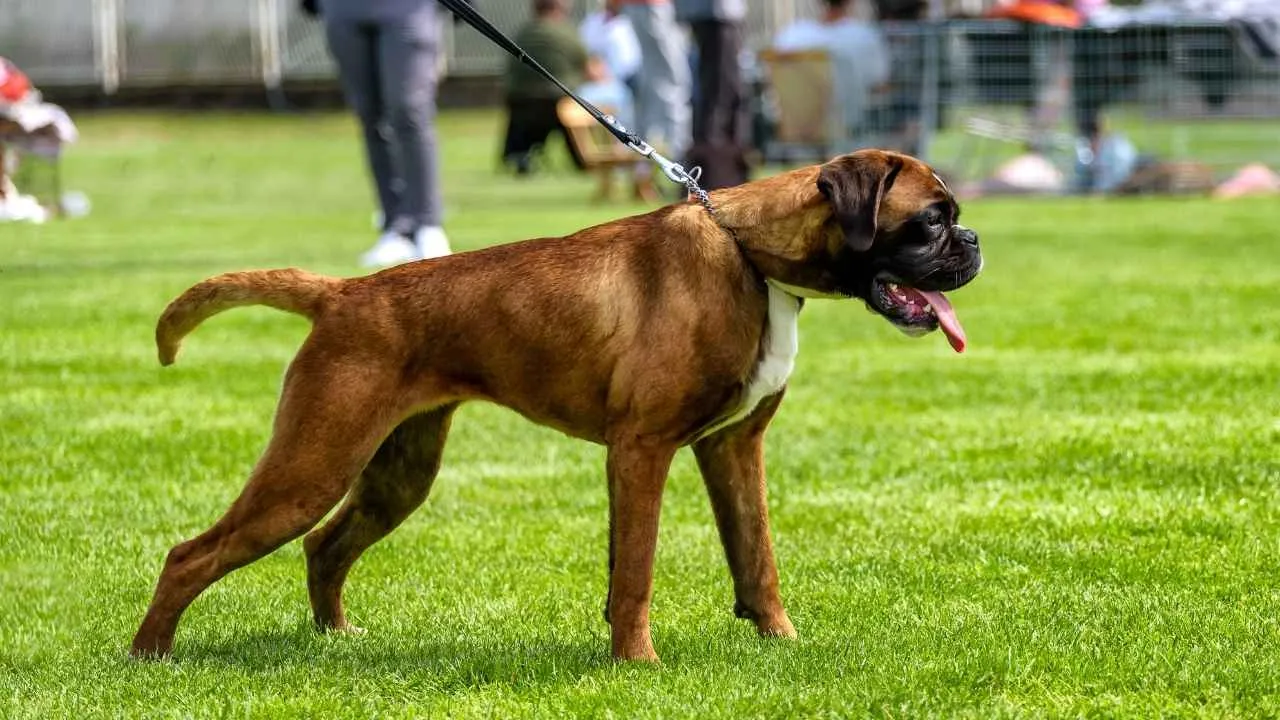
Boxers are playful by nature but highly alert when it counts. Their energy doesn’t compromise their instincts, especially around unfamiliar people or unexpected sounds. They instinctively place themselves between family members and perceived threats.
What makes Boxers unique is their protective drive combined with patience. Purina notes that this breed is inherently watchful and naturally wards off intruders without needing aggressive conditioning.
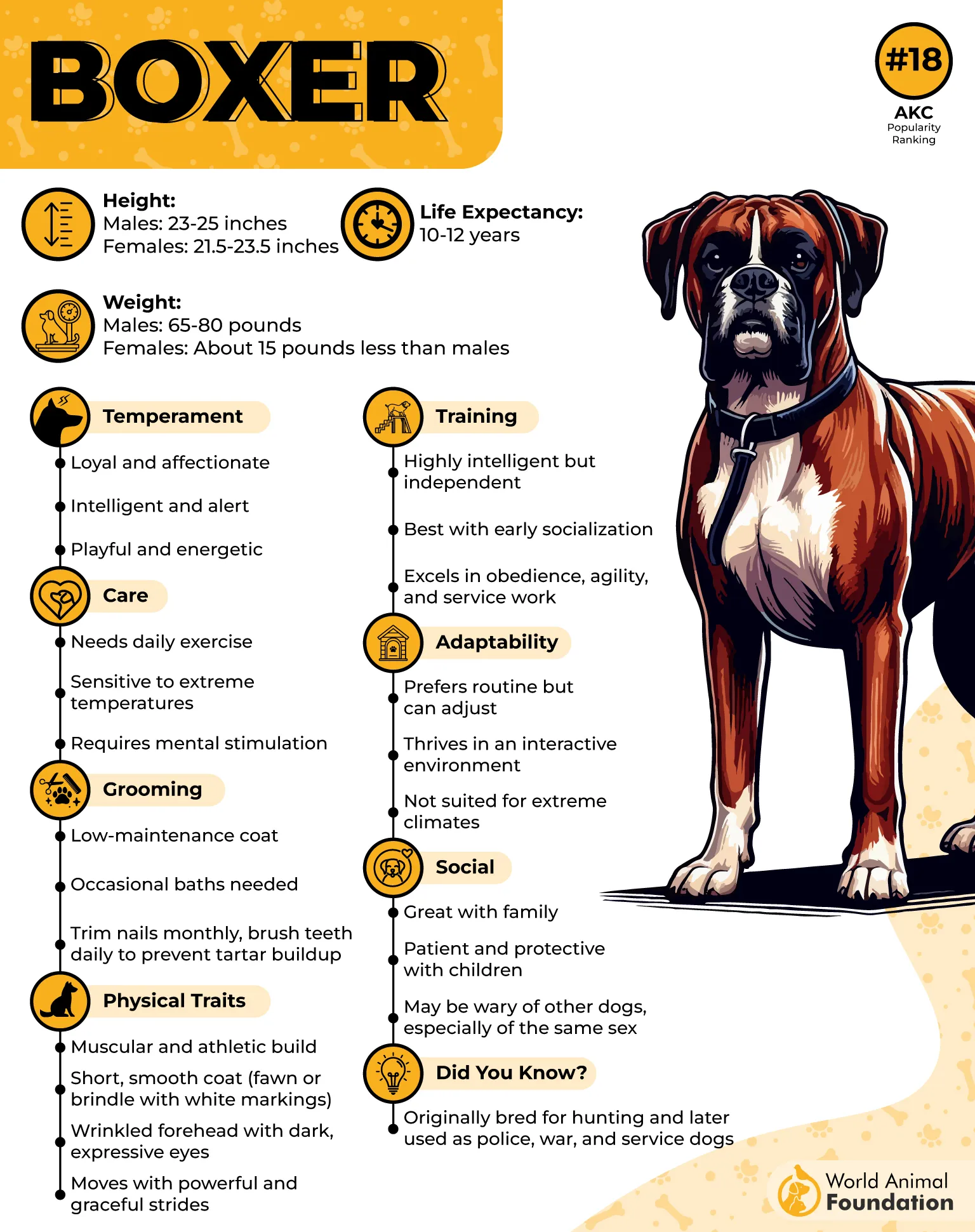
They’re expressive, both physically and vocally, which helps in communicating needs or alerts. However, they need proper training early on to manage their strength and enthusiasm, especially around children.
Boxers demand structured activity. Without it, their drive becomes chaotic, leading to jumping or overexcitement. Short, focused obedience sessions work better than long routines.
Their smooth coat requires little grooming, but their minds need near-daily work. Rotating physical and problem-solving games keeps them both balanced and reliable.
Quick Tips
Start boundary training early to build impulse control
Use high-energy games to channel excitement
Practice “stay” drills around children to teach spatial respect
5. Bernese Mountain Dog

Bernese Mountain Dogs are naturally watchful without being reactive. They observe new people closely but typically hold a calm stance unless they detect genuine concern. Their size alone offers a strong deterrent when needed.
This breed bonds slowly but deeply. They form exceptionally strong attachments to their family, often remaining physically close to children and staying alert to household changes.
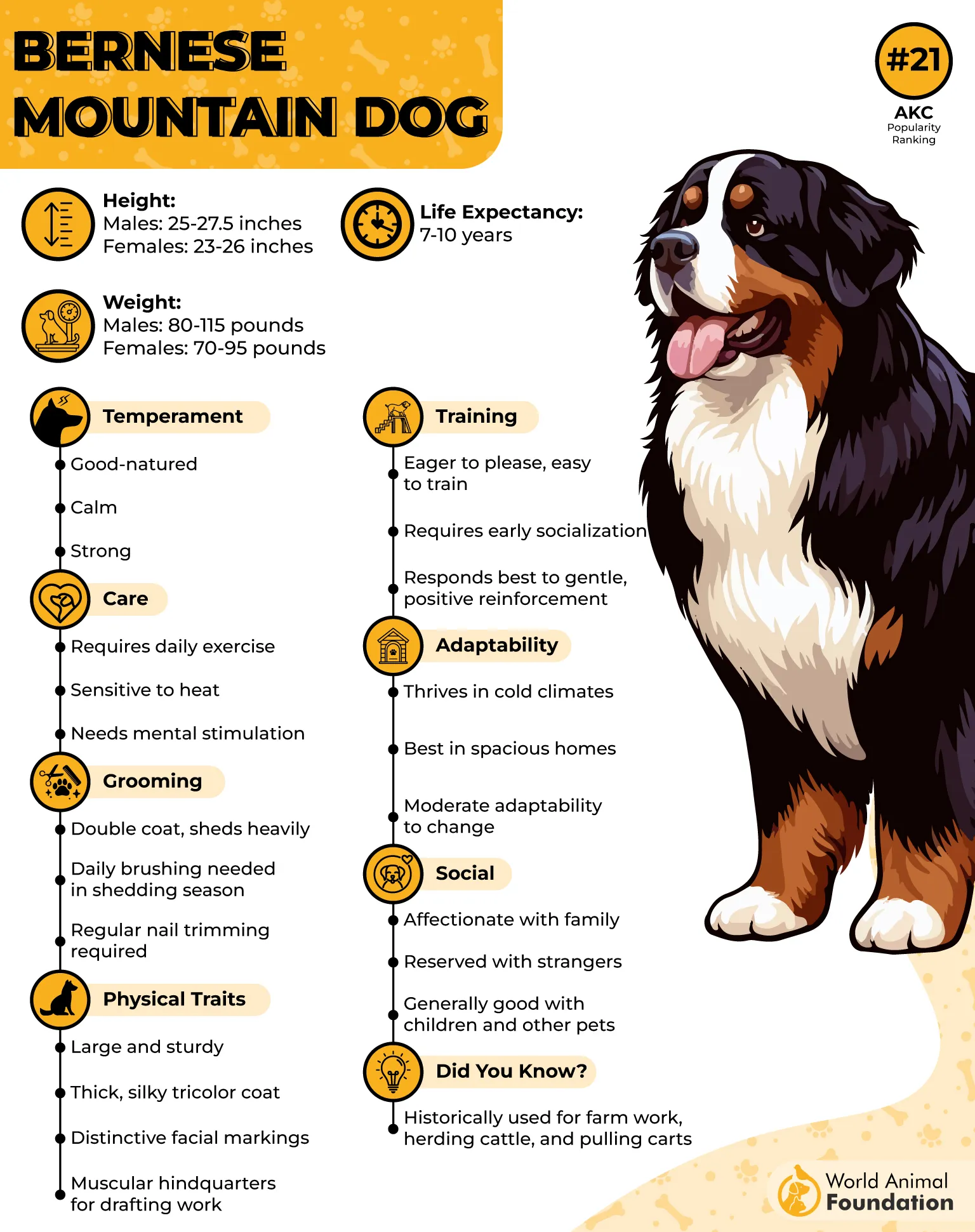
Their protective behaviors lean toward quiet presence rather than confrontation. Training focuses less on guarding and more on guiding them to make thoughtful responses.
Bernese need routine movement but not intense exercise. Walks, simple games, and basic drills keep their minds occupied and their behavior steady.
Grooming is a constant factor due to their thick, double-layered coat. Without regular brushing, mats form quickly around joints and ears, leading to discomfort and potential agitation.
Quick Tips
Introduce structured socialization in low-stress environments
Use calm correction; this breed responds poorly to shouting
Brush weekly and monitor coat tightness near legs and chest
6. Giant Schnauzer
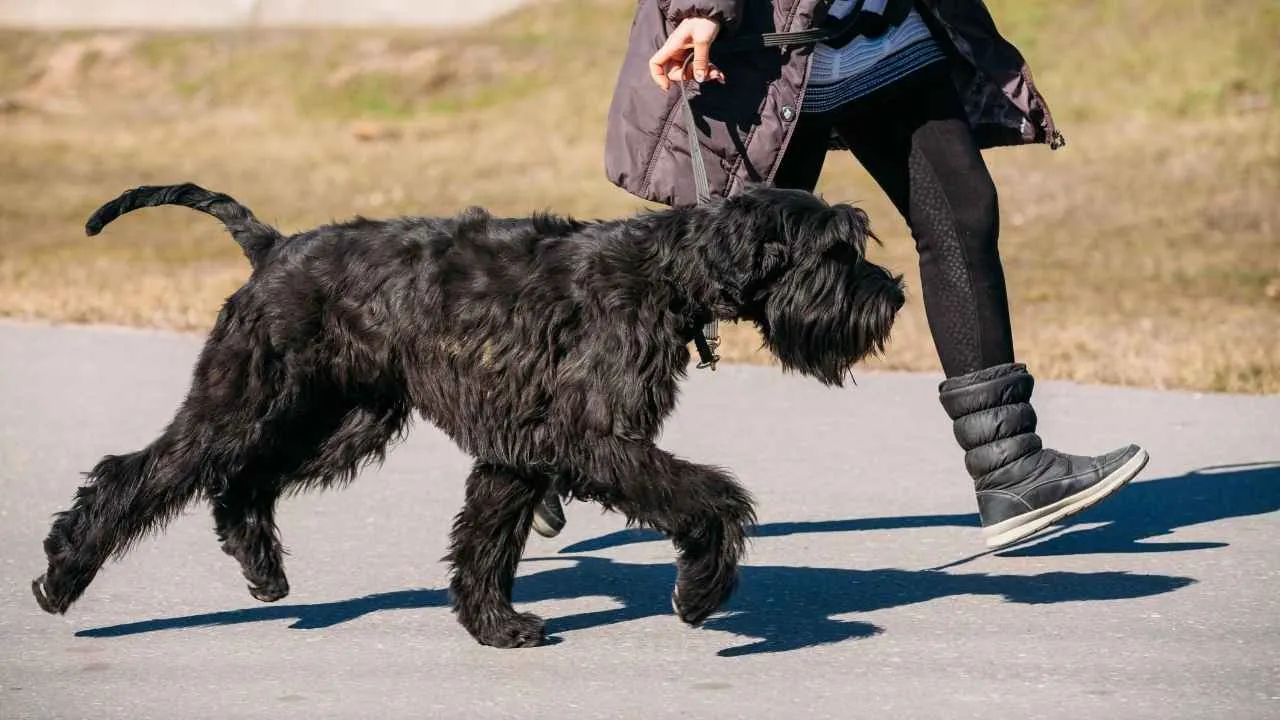
Giant Schnauzers bring intensity and purpose to every environment. They are not passive protectors; they anticipate problems and prepare for a response before most other breeds notice a threat. Their size adds physical presence, but it’s their intelligence that makes them effective.
Orvis emphasizes the breed’s need for consistent mental and physical stimulation. These dogs enjoy working roles, especially those involving boundary management and structured tasks.
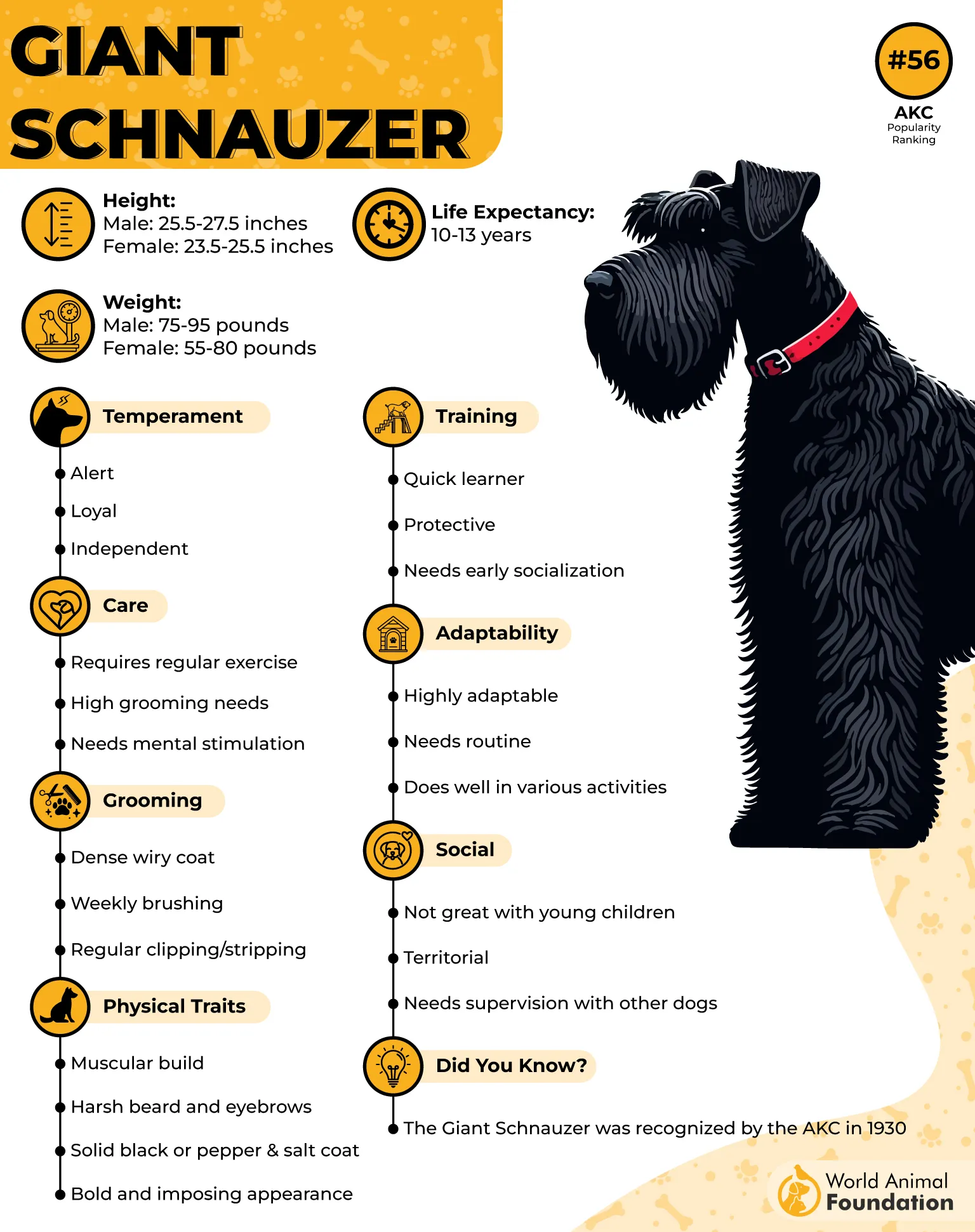
They don’t accept strangers easily and need guidance to understand which guests are welcome. Strong leadership and early exposure to children are critical to prevent over-guarding or possessiveness.
Their wiry coat requires regular stripping or clipping. Neglecting coat care can cause irritation, especially around joints where hair collects and tightens.
Giant Schnauzers benefit from a task-based daily routine. This can be as simple as short tracking drills, fetch with commands, or structured walks with changes in pace or direction.
Quick Tips
Assign small daily “jobs” to reinforce discipline
Introduce controlled guest interactions to reduce territorial behavior
Use firm, simple commands, and avoid inconsistent training language
7. Great Dane
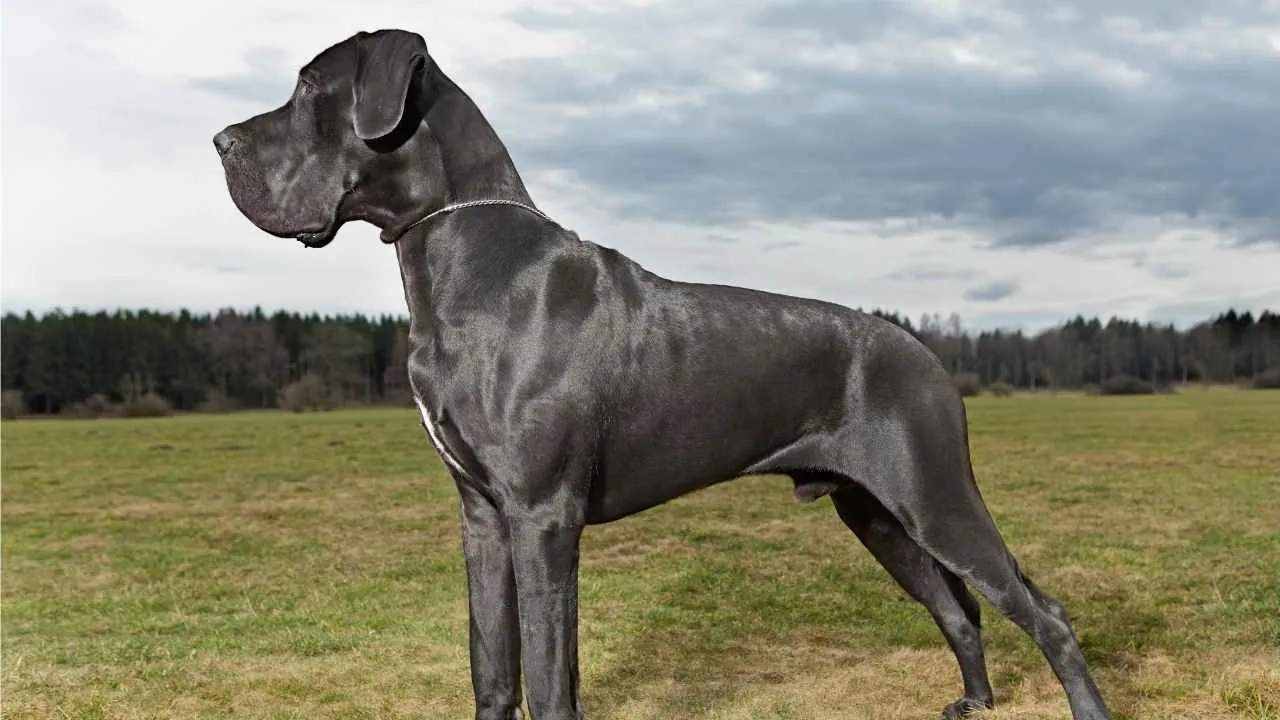
Great Danes command attention simply by entering a room. Their sheer size deters threats, but it’s their calm and confident energy that makes them reliable guardians around children.
Despite their intimidating build, they’re emotionally reserved and not quick to react. They are gentle giants that remain watchful but not hostile when introduced properly to strangers.
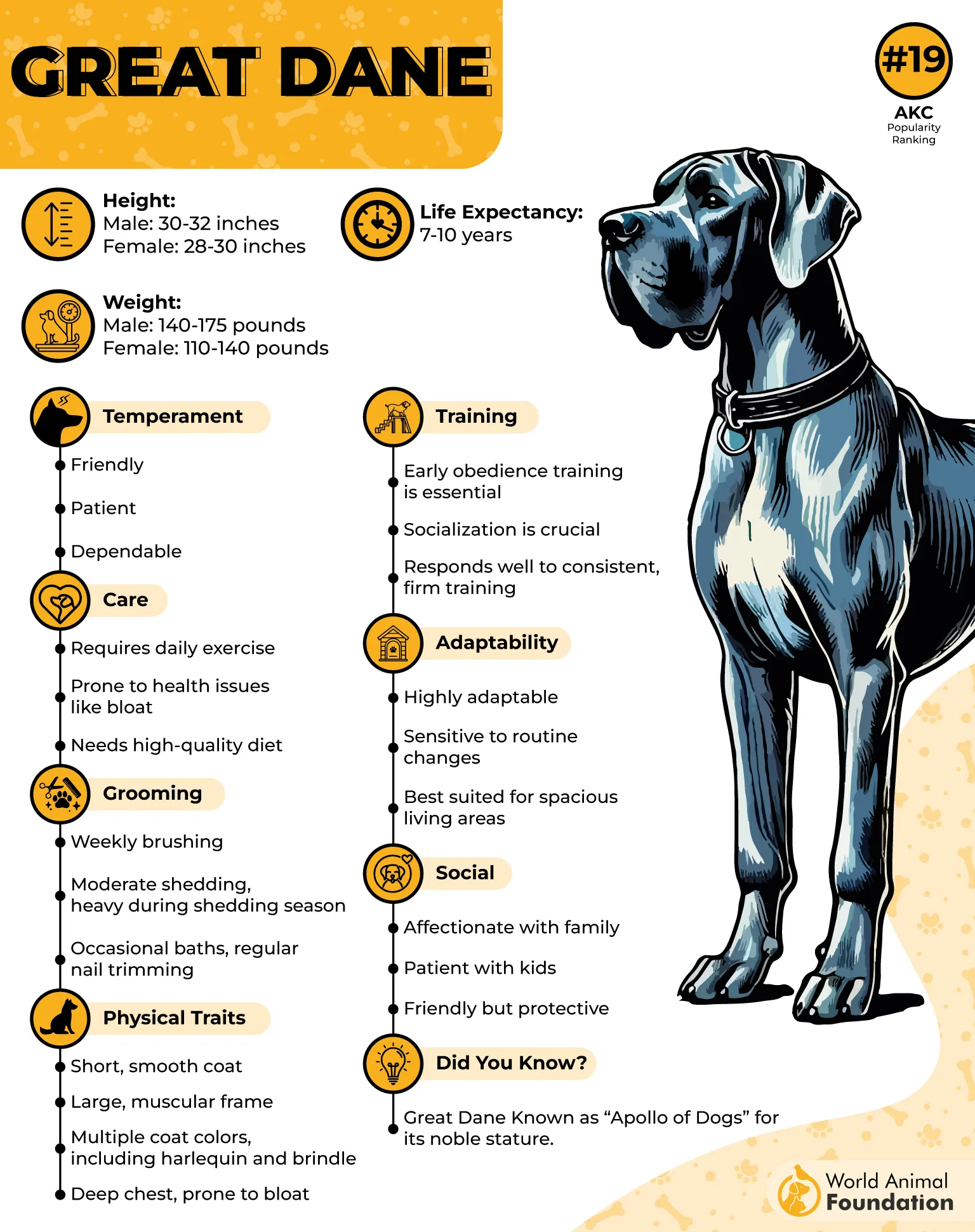
They need early exposure to kids, especially to teach them how to control their bodies in tight spaces. Physical strength isn’t an issue when obedience is ingrained early.
They benefit from predictable routines and light structured activity. Great Danes tire quickly, so bursts of mental stimulation are often more effective than extended physical workouts.
Low-maintenance grooming and a quiet temperament make them manageable in both large and small households. However, their size requires training around doorways, stairs, and furniture.
Quick Tips
Use slow, spaced commands to match their pacing
Socialize early to reduce cautiousness around guests
Limit stair use to protect joints
8. Bullmastiff

Bullmastiffs offer natural guarding instincts without being aggressive. They act with precision, intervening only when a real threat is sensed, rather than reacting to every sound or visitor.
This breed works best with families who prefer silent supervision to high-energy alerting. They are courageous and unwavering, forming a quiet, watchful presence in any home.
With children, Bullmastiffs are tolerant and sturdy. They allow play but benefit from being given a defined space where they can watch rather than participate.
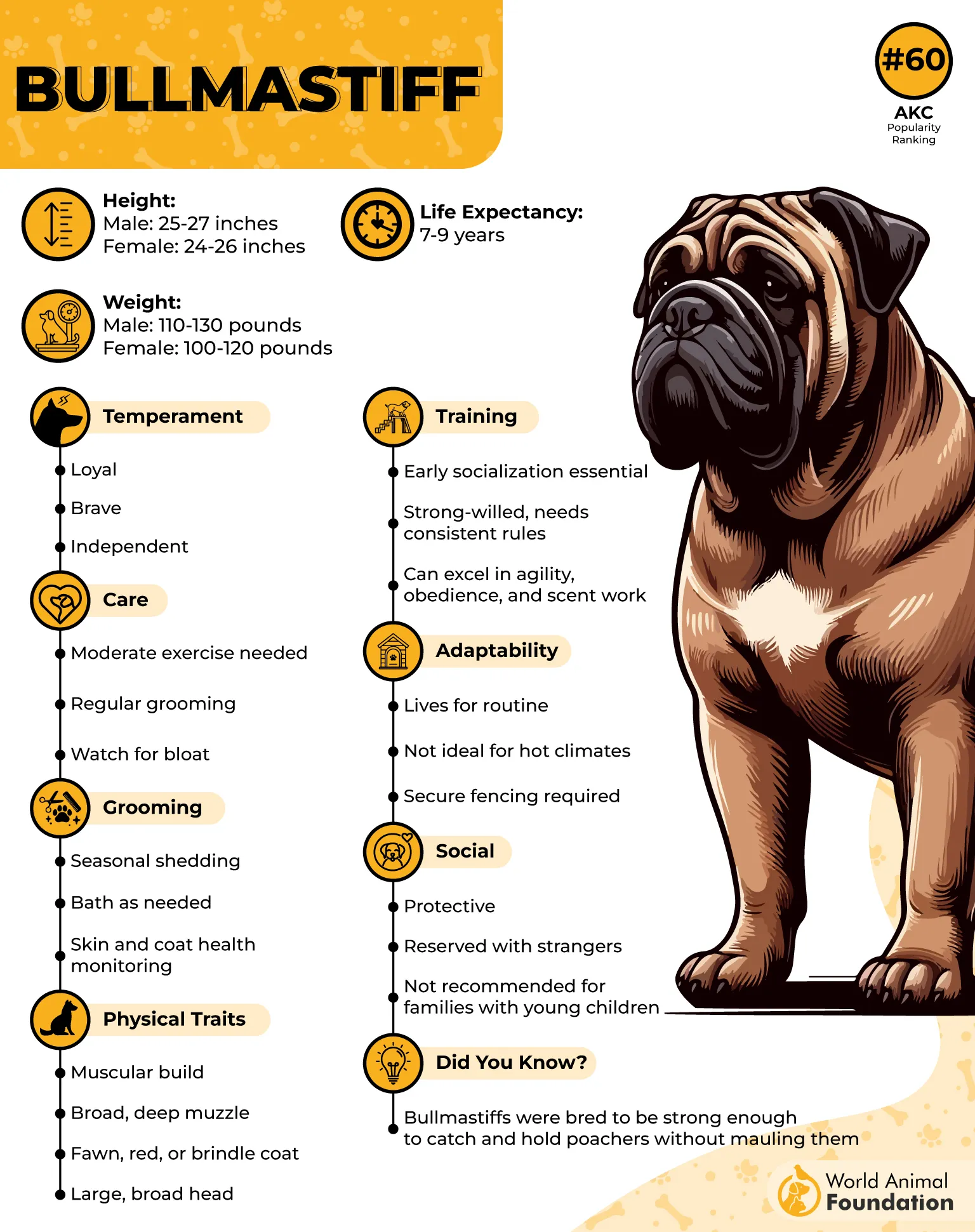
They do not need intense activity, but they do need regular controlled walks and social refreshers to stay balanced. Without exposure, they can become overly territorial.
Coat care is minimal, though skin folds around the face need weekly checks. Their expressions are subtle, so handlers must learn to read small posture shifts to stay ahead of behavioral changes.
Quick Tips
Prioritize early boundary and spatial awareness training
Use calm redirection instead of verbal scolding
Introduce a “place” command for structured resting zones
9. Saint Bernard
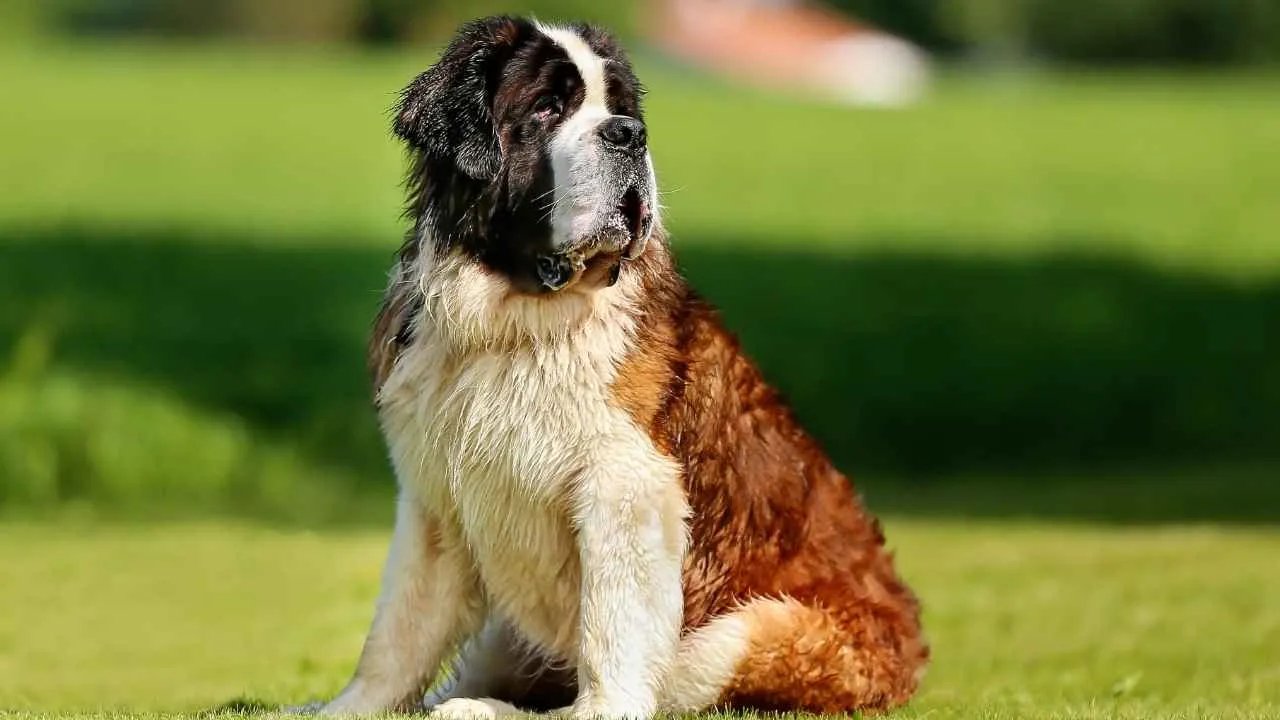
Saint Bernards balance size with an incredibly tolerant demeanor. They are slow-moving, deliberate dogs that naturally monitor their surroundings and keep close tabs on their family.
Children are rarely intimidated by them. According to the AKC, their affection for family and gentleness with kids make them dependable household protectors when early training is prioritized.
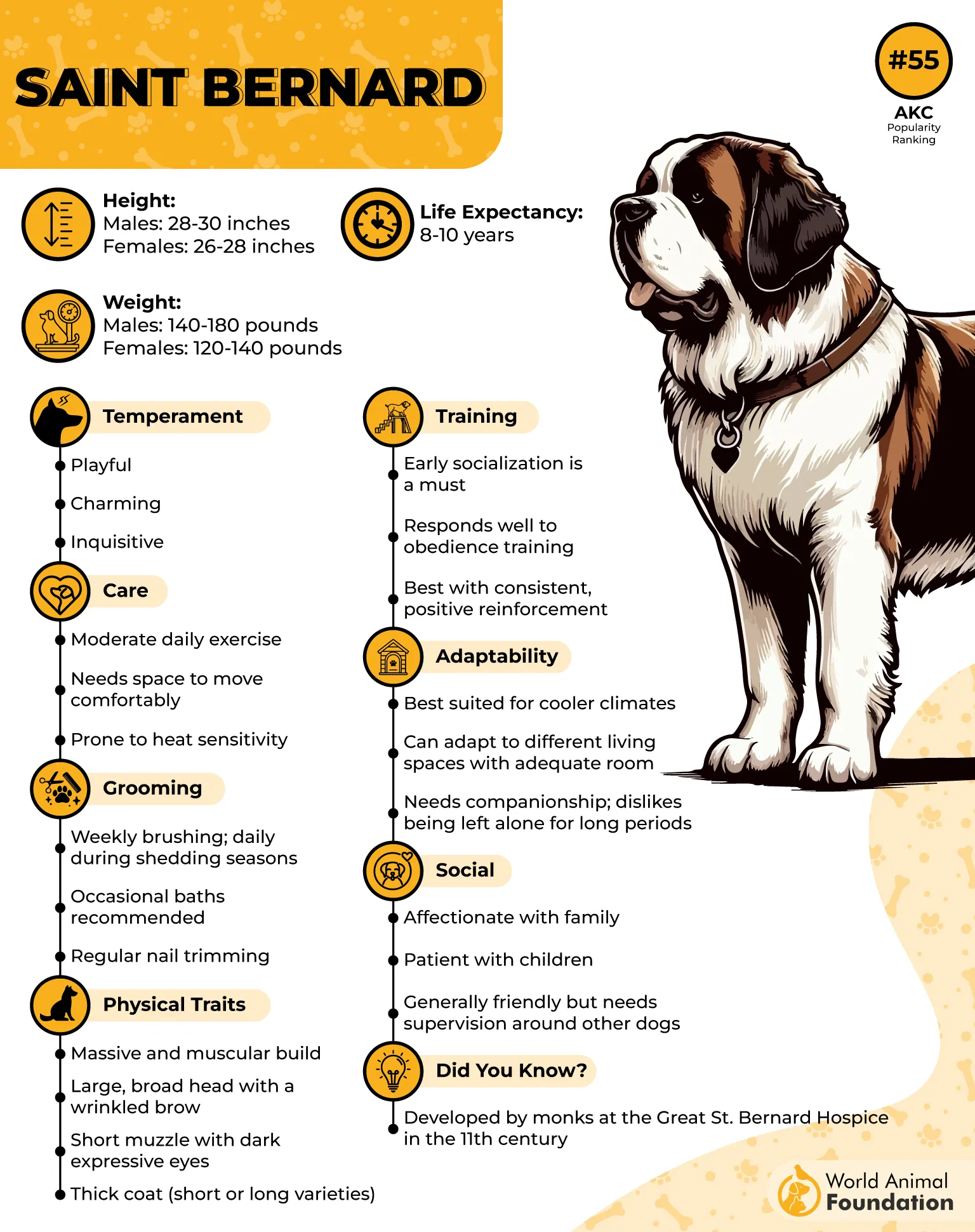
They bark rarely but alert when necessary. Saint Bernards show concern without drama, making them ideal for families that want a protective dog without constant noise.
Exercise is necessary, though low-impact. Walks with incline variation or mild fetch sessions keep them mobile without overexertion. Their joints require support through diet and surface management.
Brushing 2–3 times weekly is needed to manage their thick coat. They shed seasonally and drool frequently, so designated clean-up zones are useful inside the home.
Quick Tips
Introduce leash discipline early to manage weight shift
Rotate training between rest and movement
Provide raised food and water bowls for comfort
10. Great Pyrenees
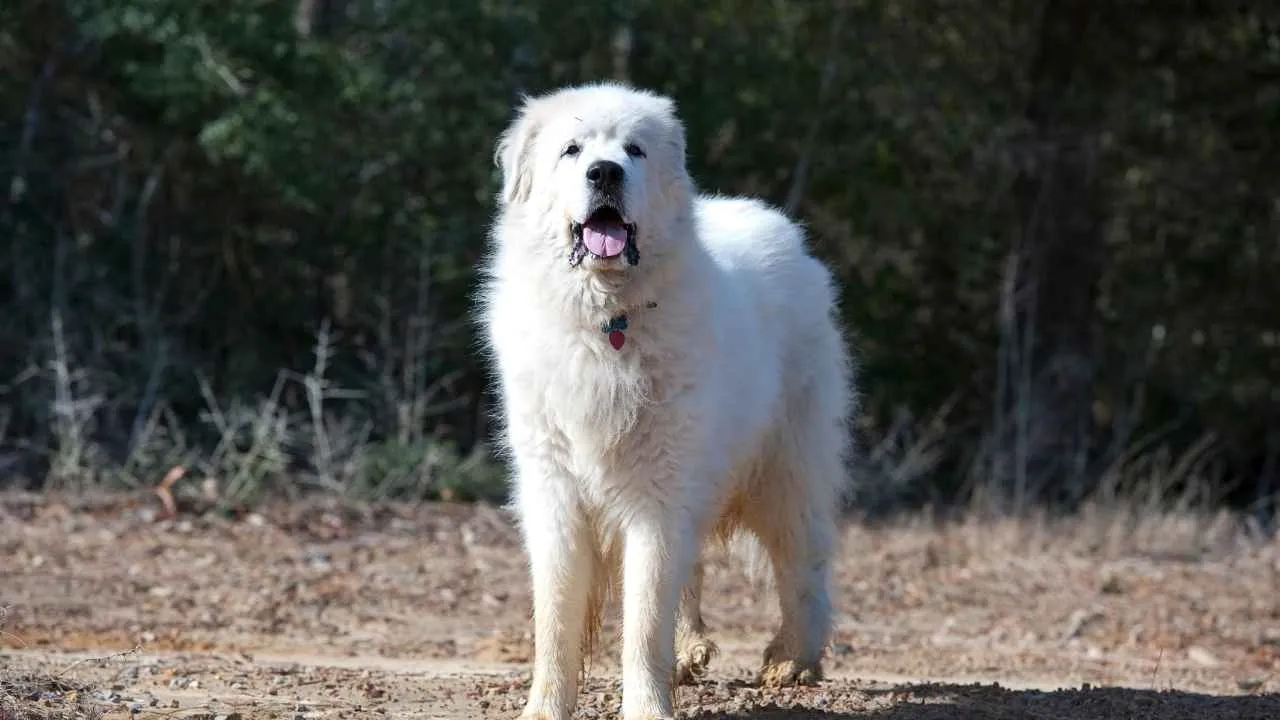
The Great Pyrenees is calm, patient, and deliberate in its actions. It doesn’t jump to conclusions or react impulsively, which makes it an excellent choice for families with young children. It observes first, then decides if intervention is needed.
Protectiveness is hardwired into this breed. WebMD explains that Pyrenees are deeply loyal to their family unit and have been bred for centuries to make independent decisions when guarding livestock or territory.
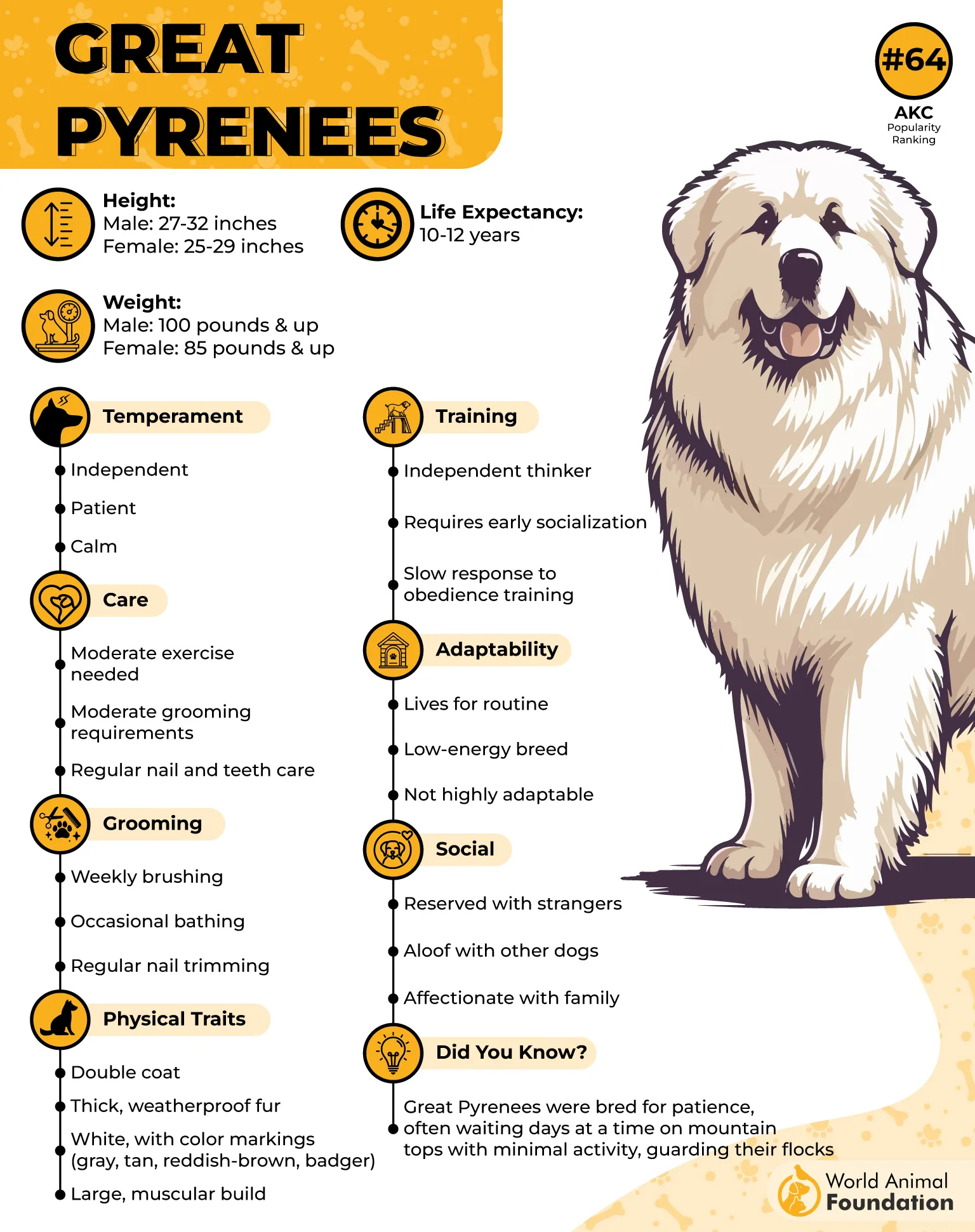
With children, they take on a supervisory role. Rather than seeking attention or constant play, they prefer staying nearby, silently scanning their surroundings. This makes them less disruptive than high-energy guardian breeds.
Training requires patience. These dogs don’t respond well to repetition or force; they need clear reasoning behind a task. When treated with respect, they follow through with focus and dignity.
Their thick coat demands regular brushing, especially behind the ears and along the legs. They shed heavily during seasonal changes, and their double coat insulates well but traps debris easily.
Quick Tips
Avoid repetitive drills, rotate purposeful training tasks
Begin early socialization to reduce over-guarding
Brush weekly and check for trapped burrs or matting
Conclusion
When selecting family guard dogs, it’s not just about finding the best dog to scare intruders; it’s about balance. The most fiercely protective breeds can also be the most loving family pets when introduced as a puppy alongside young kids and other pets. Many of these working breeds, including herding breeds and flock guardians, are not only excellent guard dogs but also great family pets when raised in a healthy environment with consistent training.
The strongest results come when a dog’s owners invest in positive reinforcement obedience training from a young age. Even mild-mannered dogs can become confident, smartest breeds of guardians, capable of obeying commands and recognizing real threats. Some may be naturally wary or need stern training, while others, like Saint Bernards, may be large and clumsy dogs but still offer a calming, nanny dog presence for small children.
A protective guard dog that is properly trained becomes more than a deterrent; it becomes the perfect companion. Breed choice should reflect the family’s lifestyle, including energy levels, space, and how well a furry breed may interact with young kids and other dogs.


